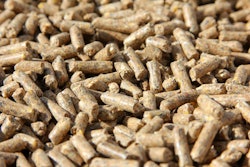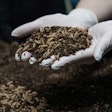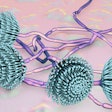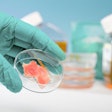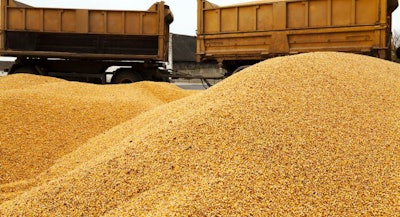
2021 Poultry Feed & Nutrition Survey reveals global feed and poultry industry stakeholders continue to grapple with the negative effects of the COVID-19 pandemic
A year after the first wave of COVID-19 lockdowns and shelter-in-place orders, supply, cost and logistical challenges continue to strain the global feed and poultry industries.
According to the results of Feed Strategy’s annual Poultry Feed & Nutrition Survey, 66% of poultry and feed producers cite that supply chain disruptions posed the greatest challenge to their business in 2020. Several months into the new year, many regions are still grappling with the fallout and navigating their prolonged effects; others are revamping their supply channels and partnerships to prevent future shocks.
In the first quarter of 2021, as raw material supplies tighten and demand rises, feed producers have watched corn and soybean costs soar to prices not seen since 2014.
Eighty-five percent of the stakeholders polled cite their raw materials costs as their primary business challenge in 2021. In fact, 38% of survey respondents anticipate their grain costs increasing by between 1% and 5% in 2021, and 32% fear they will increase by more than 10% this year. Eight percent feel they will remain flat.
Sixty-three percent of respondents fear rising feed additive and micro-ingredient prices will further increase their feed costs. And they are not wrong.
Coming at a time when producers are looking to offset high soybean meal and corn prices, sources report complications with Chinese shipping logistics, which will result price increases for vitamins and amino acids in to the second quarter.
Naturally, 2021 survey respondents have a much less optimistic outlook for their company’s profitability this year than in previous editions of the survey, with less than 40% believing it will improve and 28% bracing for it to drop.
Despite current volatility challenges, the worst of the COVID pandemic is behind the agrifood industry and, hopefully, 2021 delivers positive results — a bountiful harvest — and a strong rebound.
Editor’s note: Revisit the 2020 Poultry Feed & Nutrition Survey for comparison.
To view the full recap of WATT Global Media’s annual survey, keep an eye out for Feed Strategy’s March/April issue. Available to view on March 8.




